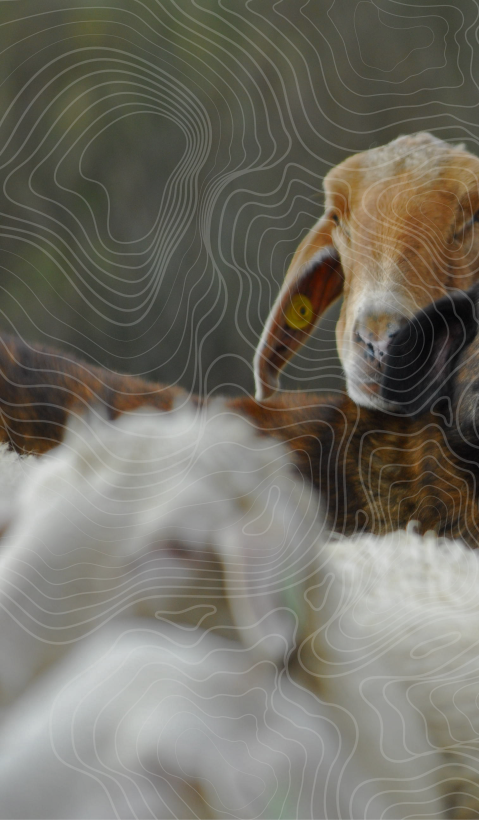
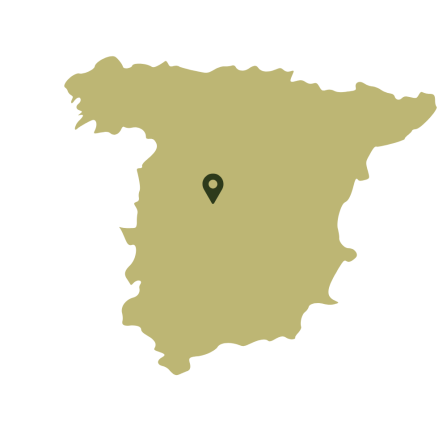
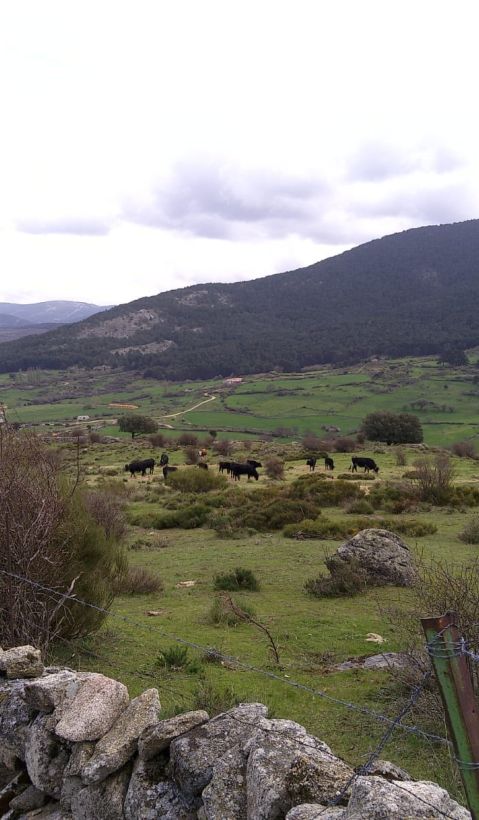

Municipalities

Geographical size

Human population

Number of livestock farmers

Livestock farming systems

Large carnivore species

Wolf population
SOCIOECONOMIC CONTEXT
The area ranges in altitude from 980 to 2,100 metres and has a temperate mountain climate, with dry summers, long winters and frequent snowfall. The landscape is a mosaic of pinewoods, oak forests, shrublands and riparian valleys. Much of the territory is protected within the Sierra de Guadarrama National Park and the 'Real Sitio de San Ildefonso–El Espinar' Biosphere Reserve, as well as nearby SACs.
Traditional agroforestry coexists with growing rural and nature-based tourism. The area blends small commerce, construction, and services with strong cultural and natural features, attracting visitors year-round. El Espinar serves as the main tourism hub, while Villacastín and Navas de San Antonio have smaller economies based on local services and construction.
Daily buses and trains link El Espinar with Madrid, Segovia, and Ávila, enabling residents to live locally while working in the cities. The town concentrates key services and hosts many second residences, raising the seasonal population. This creates a diverse community of long-term residents and newcomers, strongly connected to the natural surroundings.
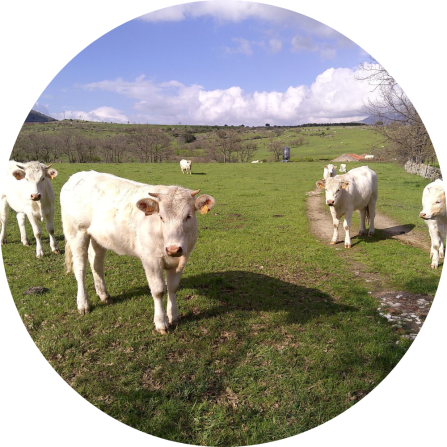
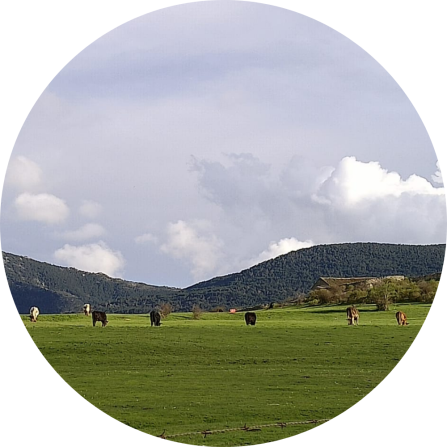
FARMING CONTEXT
Livestock farming is mainly extensive, with beef cattle (Limousin, Charolais, Avileña-Negra Ibérica breeds and their crosses) prevailing, along with sheep and horses. Many farms still follow a vertical transhumance model: from May to October, herds move up to high-mountain pastures, returning to valleys and Dehesas in winter. Management is low intensity, involving moderate stocking rates and the broad use of communal land and valley meadows. These operations rely heavily on privately owned valley meadows, as well as private mountain pastures, shrublands and communal forests. Communal lands make up a smaller portion of individual farms but cover the largest total area overall, with widespread grazing beneath pine and oak woodlands. Dehesa lands, though less common, remain strategically important for winter grazing and livestock management.
Main Challenges:
Ageing farming population and low generational renewal.
High production costs, low profitability and dependence on CAP subsides.
Considerable predation by wolves and the associated emotional and administrative burdens.
Sanitary and animal health regulations, particularly tuberculosis and brucellosis.
LOCAL CONFLICT ASSOCIATED WITH LARGE CARNIVORES
Number of attacks:
The study area is one of the zones most affected in Castilla y León and reportedly among those with the highest number of wolf attacks in Spain. In 2024, Segovia province officially recorded 869 wolf attacks, resulting in the deaths of 868 animals, primarily cattle and sheep. The situation in the three case study municipalities is particularly severe. Over 425 livestock losses were confirmed in a single year, making this one of the areas with the highest levels of wolf predation in Castilla y León.
Social conflict:
Emotional and psychological stress among farmers: Feelings of frustration, fear, and helplessness are widespread, often linked to the prohibition of lethal control.
Perceived insufficiency of compensation systems: Payments are perceived as slow, incomplete, or unfair, and as not fully reflecting real losses on the ground.
Prevention perceived as impractical: Measures such as guard dogs and electric fencing are often ill‑suited to extensive mountain systems, with terrain and costs limiting feasibility.
Rising polarisation: Tensions go beyond material damage, mirroring broader societal divides between control‑oriented and protection‑oriented approaches.
Conflict intensified after legal changes: The prohibition of lethal control (2021-2025) and new management authorisations (2025–2026).
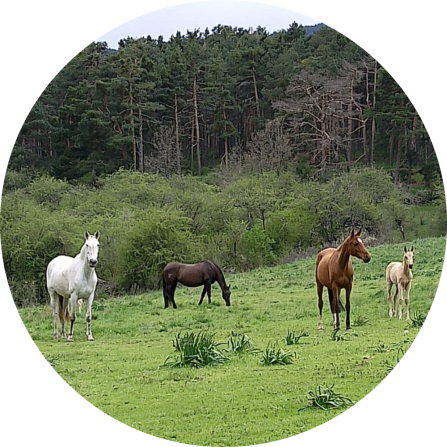

Funded by the European Union. Views and opinions expressed are however those of the author(s) only and do not necessarily reflect those of the European Union or the European Research Executive Agency. Neither the European Union nor the granting authority can be held responsible for them.
